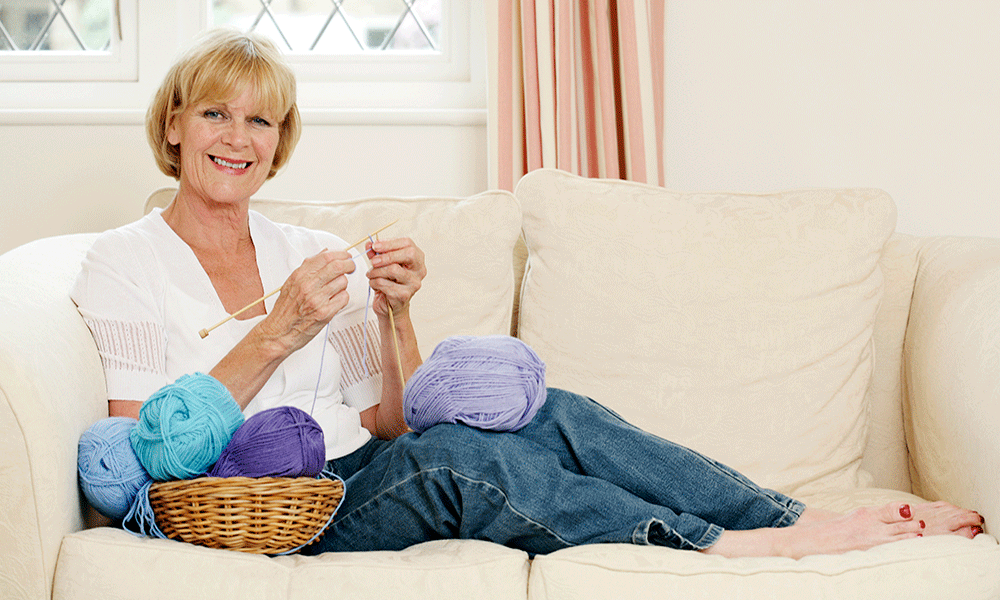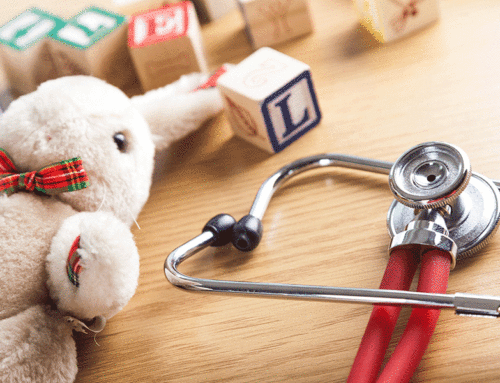“By Jason Oliva.”
A group of German companies are developing an in-home sensor system that can enhance seniors’ ability to age-in-place by detecting falls occur.
Researchers at the Fraunhofer Institute for Manufacturing Engineering and Automation IPA are currently in the process of developing “safe@home,” a type of emergency response system that relies on motion sensor technology to assist in fall prevention.
The device resembles a small, chocolate box sized device that is installed on a ceiling, much like a smoke detector.
The system uses “highly sensitive” optical and acoustic sensors to determine the location and condition of a person as well as their movements within a room, according to a product description from Fraunhofer.
Using this data, the technology is able to detect a fall within seconds and can identify a motionless state if no movements are detected for a period of time.
If a box detects an emergency situation, it notifies the alarm unit in the home, known as the CareBox, which then immediately calls for help via telephone or internet.
When this happens, the device first calls the occupant of the house as a way to exclude a false alarm, where a computer-generated voice asks the individual how they are, explained Marius Pflüger, a scientist at IPA, in a statement.
“The occupant can cancel the alarm by answering,” he said. “If they fail to answer the phone, safe@home identifies it as an actual emergency.”
The safe@home is also low-maintenance, in that it doesn’t require its user to change the device’s batters or activate the hardware after installation.
“Privacy is also assured, since the data are evaluated directly in the sensor without having to be stored or transmitted,” said Pflüger.
Prototypes for the device have been undergoing “round-the-clock” operational testing in size residential care homes since mid-2012, notes Frauhofer.
So far, safe@home has been met with praise from senior users involved in the test program.
“One reason for the high acceptance rates are the comprehensive interviews we carry out in advance with potential users in order to find out what they value in a fall detection system,” said Pflüger.
Partners involved in the project include German companies Vitracom and Sikom, as well as BruderhausDiakonie, a nonsecular social service foundation.
Safe@home is expected to be ready for the market in late 2014.






